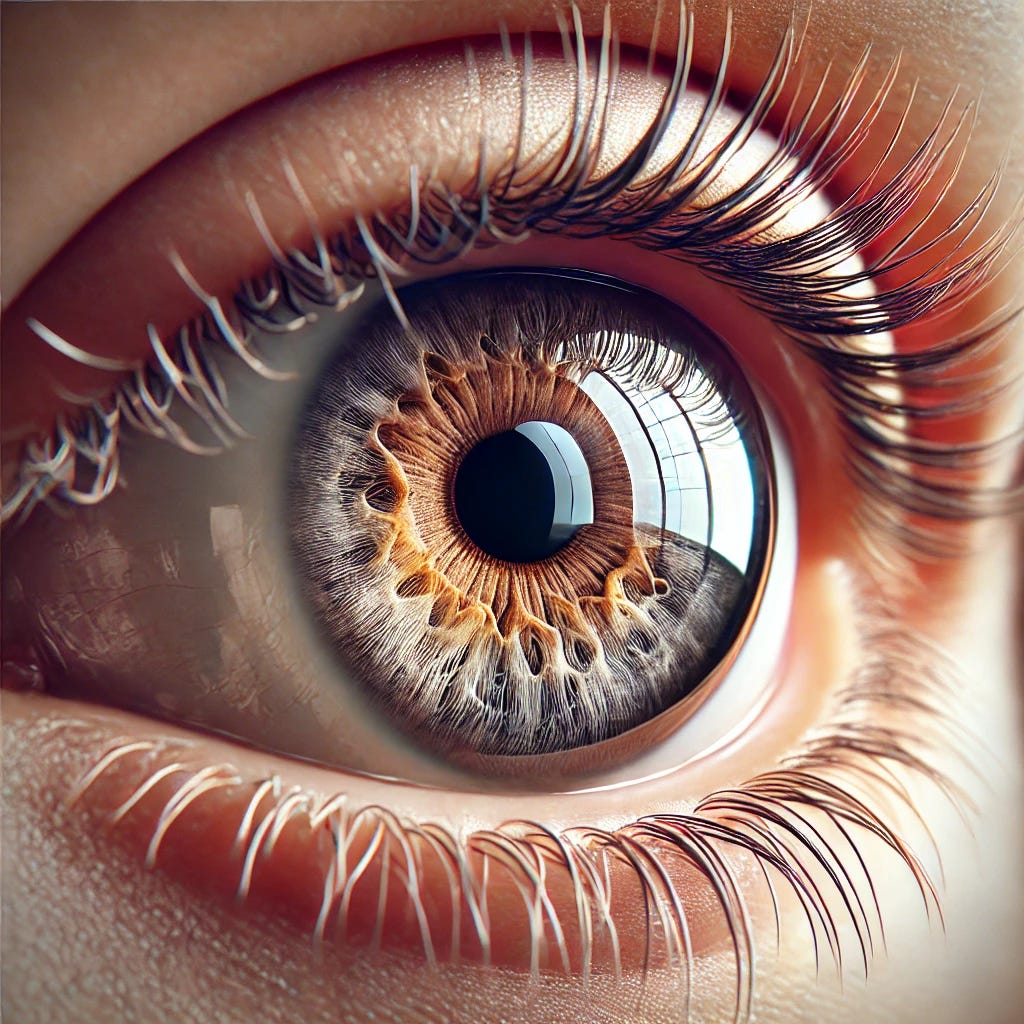Please hit the ❤️ at the top or bottom of this email to help others discover All About Vision With Dr. Kondrot. Your subscription directly supports my ongoing humanitarian work—delivering free eye surgeries and care where it's needed most.
🟠 STORY AT A GLANCE
Patients with high myopia (extreme nearsightedness) face a significantly increased risk of retinal detachment after cataract surgery.
Axial elongation and vitreoretinal degeneration in high myopes make the retina more fragile and susceptible to post-op traction.
Cataract surgery can accelerate posterior vitreous detachment (PVD), which can trigger retinal tears or detachment in vulnerable eyes.
A pre-operative retinal evaluation by a retinal specialist is strongly recommended for high myopes before cataract surgery.
Early identification of lattice degeneration, retinal holes, or weak areas may prevent vision-threatening complications.
⚠️ The Hidden Risk: High Myopia and Retinal Detachment After Cataract Surgery
High myopia is more than just a stronger glasses prescription—it’s a structural alteration of the eye that increases surgical risk. With the global rise in myopia, this is a growing concern that demands serious attention from ophthalmologists, surgeons, and patients alike.
If you are highly nearsighted (typically defined as -6.00 diopters or more), your eyes are at greater risk of developing a serious complication after cataract surgery: retinal detachment. And this risk doesn’t end once the cataract is removed—retinal detachment can occur weeks, months, or even years later.
👁️ Why Are High Myopes at Higher Risk?
The explanation lies in the anatomy:
Axial elongation of the eyeball in myopia stretches the retina, thinning it and increasing susceptibility to tears.
The vitreous gel in highly myopic eyes is more likely to be liquefied or unstable.
Cataract surgery causes sudden changes in the vitreous cavity, often leading to posterior vitreous detachment (PVD)—a common precursor to retinal tears.
High myopes often have pre-existing peripheral retinal abnormalities like lattice degeneration, atrophic holes, or vitreoretinal traction, which become high-risk zones during and after surgery.
✅ Retinal Clearance: A Critical Step That Saves Vision
Before undergoing cataract surgery, patients with high myopia should be referred to a retinal specialist for a detailed fundus exam with scleral depression and, if needed, a widefield imaging scan or OCT.
The retinal surgeon can:
Identify high-risk lesions
Treat weak areas prophylactically (e.g., with laser photocoagulation)
Determine if the timing or technique of cataract surgery needs to be adjusted
Coordinate co-management if combined or staged procedures are safer
Skipping this step could be the difference between a successful outcome and irreversible vision loss.




